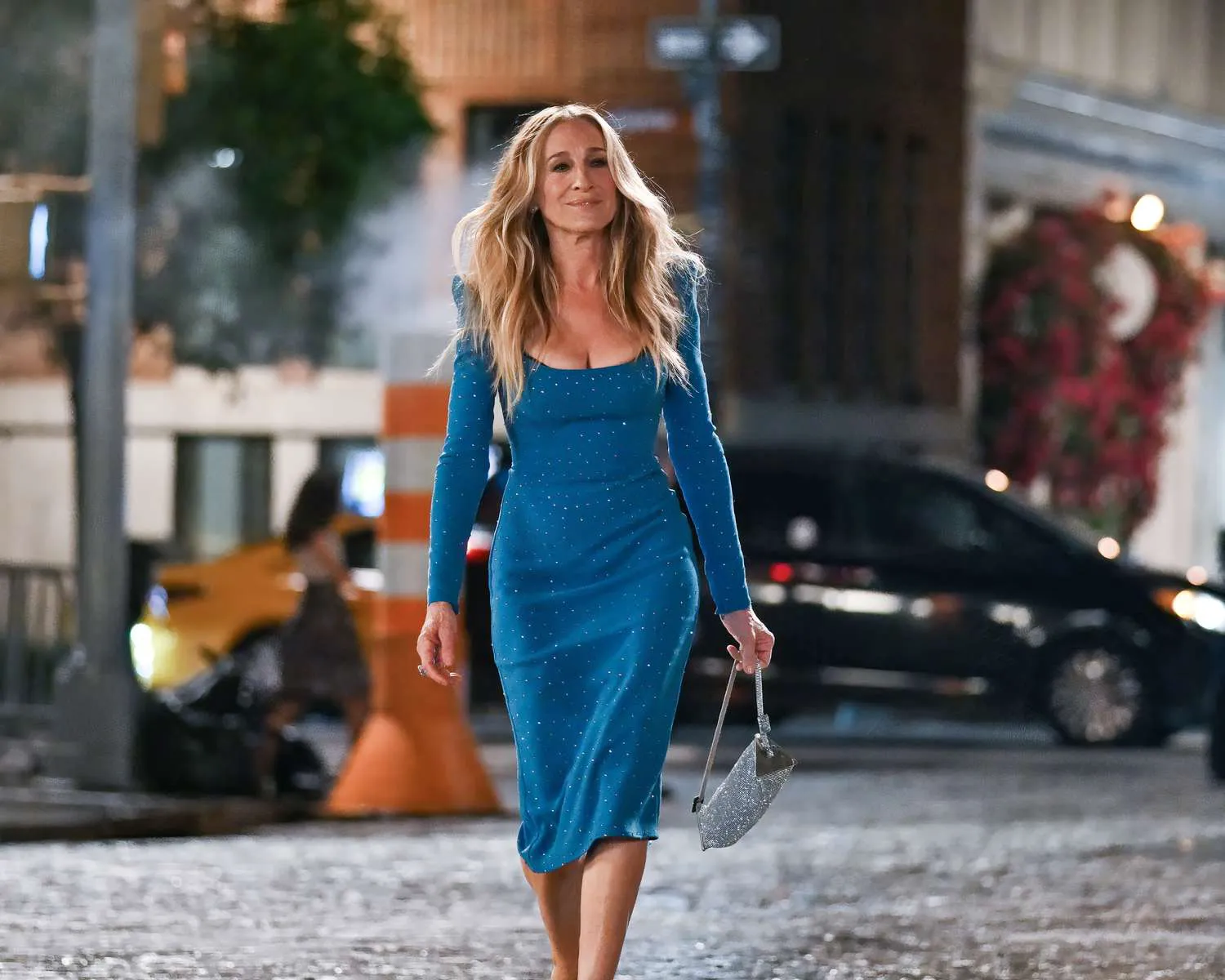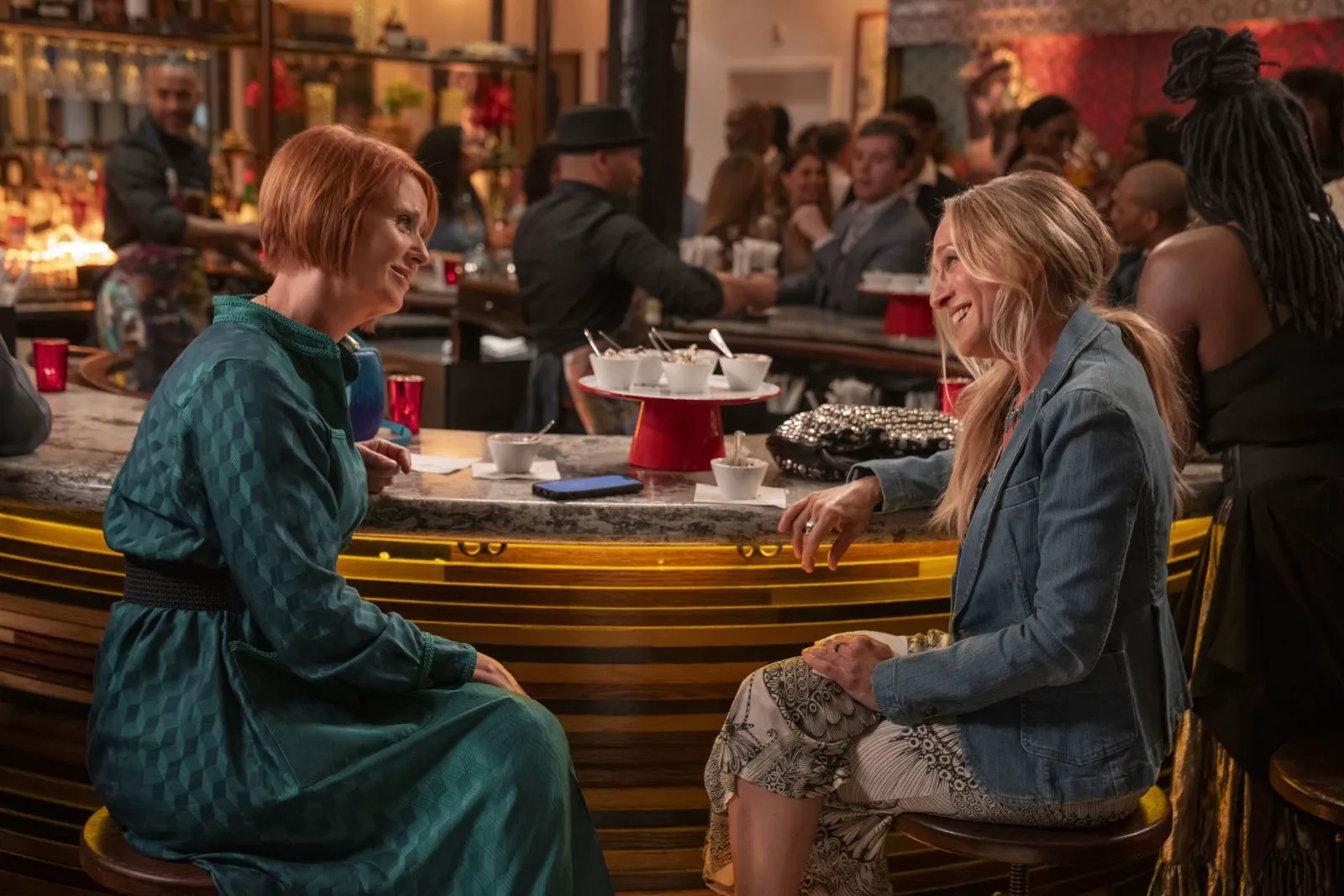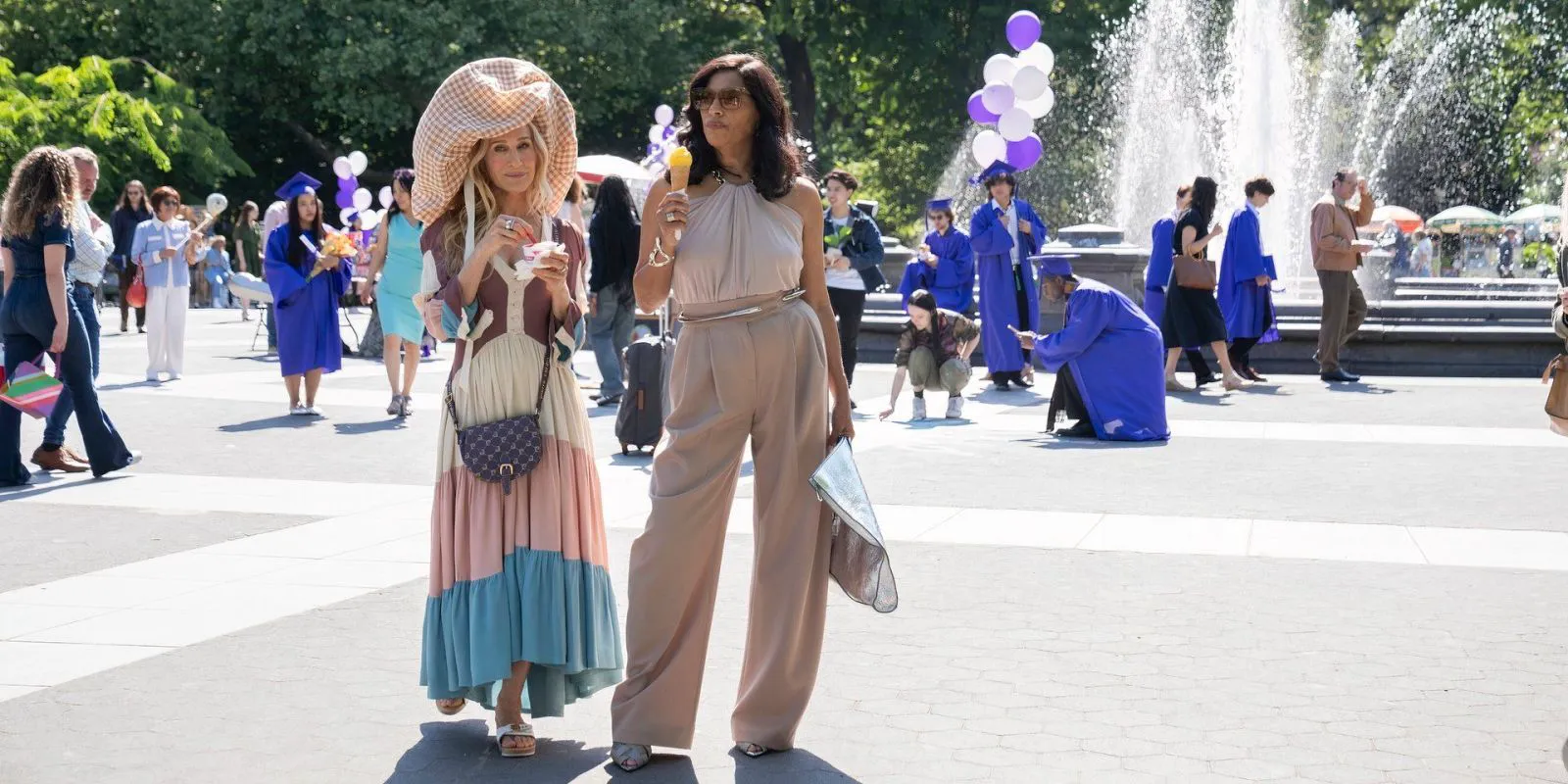Is “And Just Like That…” Still Trying Too Hard? A Critical Look at Season 3
“Sex and the City” shaped a generation of women, but its sequel, “And Just Like That…”, struggles to capture the same magic. This isn’t a groundbreaking exploration of aging or a comprehensive take on modern womanhood. Instead, it’s a show you watch without expecting much – no bold experiments or fresh insights into life after fifty. Now in its third season, the creators are flogging a dead horse, one that arguably peaked at the right time. Perhaps the only real win is Kim Cattrall’s symbolic 74-second return.
Charlotte York (Kristin Davis) remains the quintessential homemaker, navigating elite university admissions with her influential friend Lisa Todd (Nicole Ari Parker). Miranda Hobbes (Cynthia Nixon) explores the boundaries of her sexuality, while Carrie Bradshaw (Sarah Jessica Parker) remains, predictably, dependent on men. Season three repeats the mistakes of the previous two: the characters are more focused on patching up the past than embracing the future. The first two seasons were a sometimes touching, often awkward, attempt to integrate familiar faces into a new reality. Now, the plot feels like it’s running on fumes. The women have settled into their age and social status, and are now firmly entrenched in domestic comfort. They’re still wealthy Manhattanites in their fifties, whose biggest problem is deciding when and where to brunch.

Sarah Jessica Parker as Carrie Bradshaw in “And Just Like That…”
The Inclusion Paradox
From the outset, the reboot has desperately tried to prove that the “Sex and the City” world is diverse and inclusive. We’re introduced to a host of new characters, from comedian Che Diaz (Sara Ramirez) to law professor Nya Wallace (Karen Pittman) and realtor Seema Patel (Sarita Choudhury). They were meant to balance the chaos in the original trio’s lives and breathe new life into the show. But the opposite happened: the more time spent on the new friends, the more the old dynamic crumbled. And Carrie’s universe, as we know, struggles to maintain balance when she’s not the center of attention. In season three, this imbalance is particularly noticeable – the new characters orbit Carrie, losing their own shape and depth. Seema and Lisa Todd, who replaced Diaz and Wallace in the third season, were supposed to balance the chaotic antics of the beloved heroines. But there’s a catch: both are wealthy, privileged New Yorkers, making it increasingly difficult to connect with their lifestyles. One of the main draws of “Sex and the City” was watching self-made women navigate life. Of course, there were illusions – how Carrie paid for her shoes with a weekly column remains a mystery. “And Just Like That…” simply asks us to accept the new friends’ substantial starting capital. The characters seem immune to crisis: Miranda casually rents an Airbnb without feeling the pinch after her divorce, Carrie lives in a mansion, and Charlotte pursues art more as a hobby.

Sarah Jessica Parker as Carrie Bradshaw in “And Just Like That…”
Trying Too Hard to Be “Woke”
The sequel still tries to cram in too much – as if the writers are ticking boxes on a list of trendy, “woke” topics. The effect, however, is the opposite: everything becomes equally flat and lifeless, like images from a glossy magazine. The characters lose emotional connection, especially Carrie, who becomes increasingly self-absorbed. She lives in a frighteningly luxurious townhouse, bought after selling her iconic apartment, and maintains a long-distance relationship with Aidan, who has long since returned to Virginia and is busy with his son. This form of intimacy allows Carrie to boast that even at 56, she can be in a relationship (even if it’s remote). Charlotte suddenly remembers she was a gallery owner and returns to selling art between family chores, but continues to helicopter-parent her daughters. Lisa, whose storyline could have been one of the most compelling, inexplicably decides to compete with other parents alongside Charlotte. Seema, who could have been the “new Samantha,” suddenly decides to conform to a man she likes, contrary to her character. And Miranda is constantly on the go: she’s looking for a place to live, going on dates, taking on human rights cases – and seems unsure which is most important.

Cynthia Nixon as Miranda in “And Just Like That…”
The Loss of Mystery and Growth
With Mr. Big, the writers killed the mystery that fans of “Sex and the City” had been trying to solve for seasons: were Carrie and Big truly an ideal couple, or simply a prime example of toxic codependency? We weren’t given time to ponder this, leaving Bradshaw alone. This, it should be noted, was one of the creators’ best decisions. A woman who had spent her life finding herself in other men suddenly loses her center of gravity – and now has to rely on herself. The idea of showing the “autumn” of life could have breathed new life into the project, if the creators hadn’t brought back Aidan, depriving Carrie of the chance for independent growth. Of all the character arcs, Bradshaw’s trajectory is the most tragic and outdated: like Joan Didion, Carrie writes her version of “The Year of Magical Thinking” about grief, but has it helped her overcome old patterns? Hardly.

Sarah Jessica Parker as Carrie Bradshaw in “And Just Like That…”
Trading Authenticity for Safety
Some argue that we don’t like watching the sequel because internal ageism prevents us from enjoying the grown-up friends. There’s some truth to this: the phone sex scene between Carrie and Aidan isn’t exactly arousing, Miranda’s escapades seem spiteful, and Charlotte has lost her identity in her role as a mother. But the problem is deeper, because the first season of the reboot set a high bar: a woman of a certain age can explore her sexuality in new ways, learn to live alone, return to her favorite job from the family nest, and become herself again. It seemed then that the series would venture into risky and honest territory. However, after a problematic second season, it became clear in the third that all these expectations had vanished: instead of experimentation and inner freedom, we get safe stability. The creators seem to have chosen to hide real maturity behind social conversations and bright outfits, which, unfortunately, no longer set fashion standards. And despite the fact that there are noticeably fewer men around the heroines, they are still trying to prove something to the society around them, rather than making peace with themselves.
Unfortunately, any attempts to integrate the heroines into the modern world are unsuccessful: conversations about wokeism, racism, activism, and other -isms seem forced and programmatic. Like the meetings of lonely ladies with new characters: in “Sex and the City,” fans never guessed that a random passerby or waiter would become the next lover, while “And Just Like That…” literally shoves new partners in the faces of both the heroines and the viewers. In total, all these shortcomings – from Carrie’s egoism to the weak script – deprive “And Just Like That…” of the sharpness for which we loved “Sex and the City.” It’s a shame, but instead of sincere stories about support and a new stage of life, we got a set of clichés that touch on the female experience for the sake of appearances.